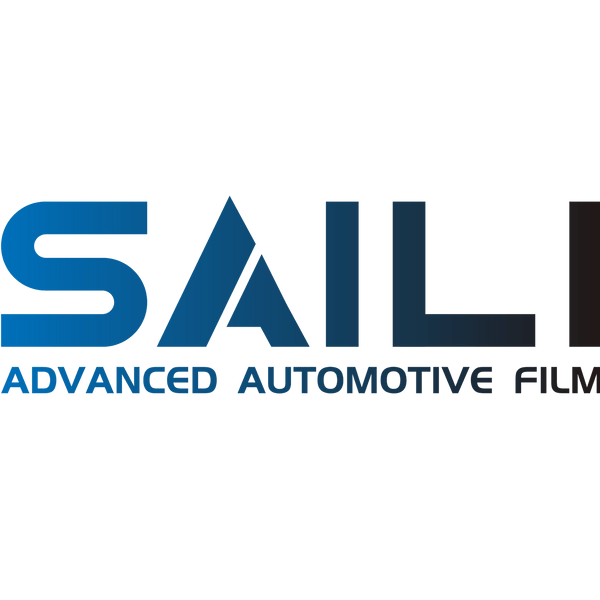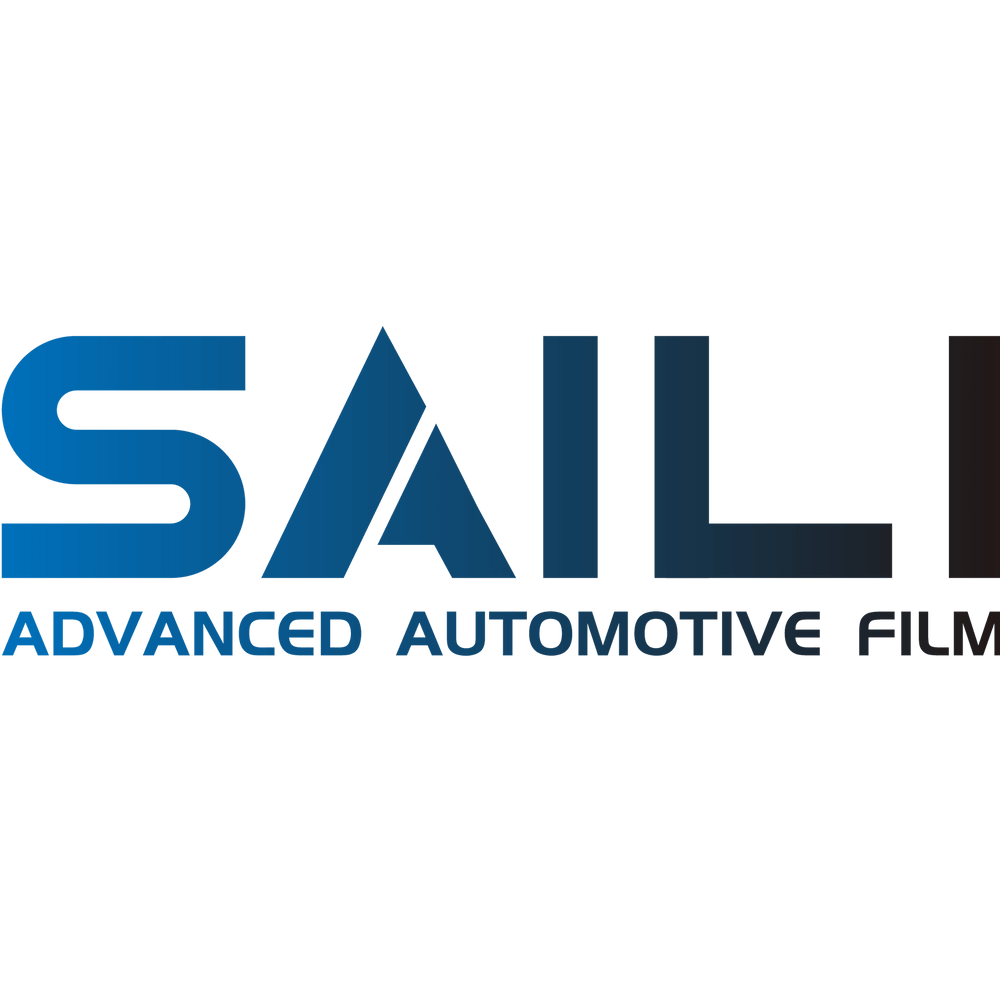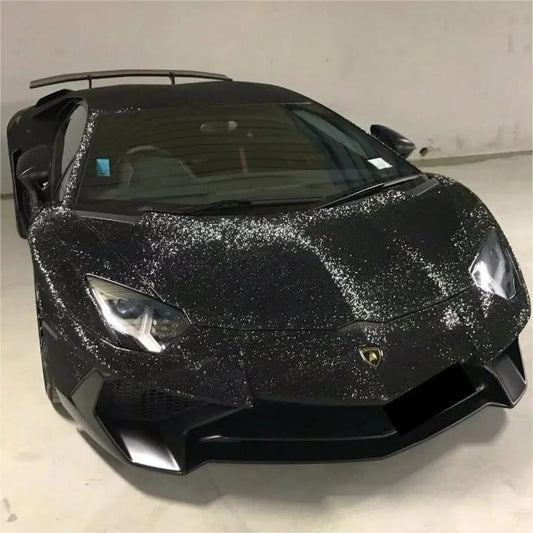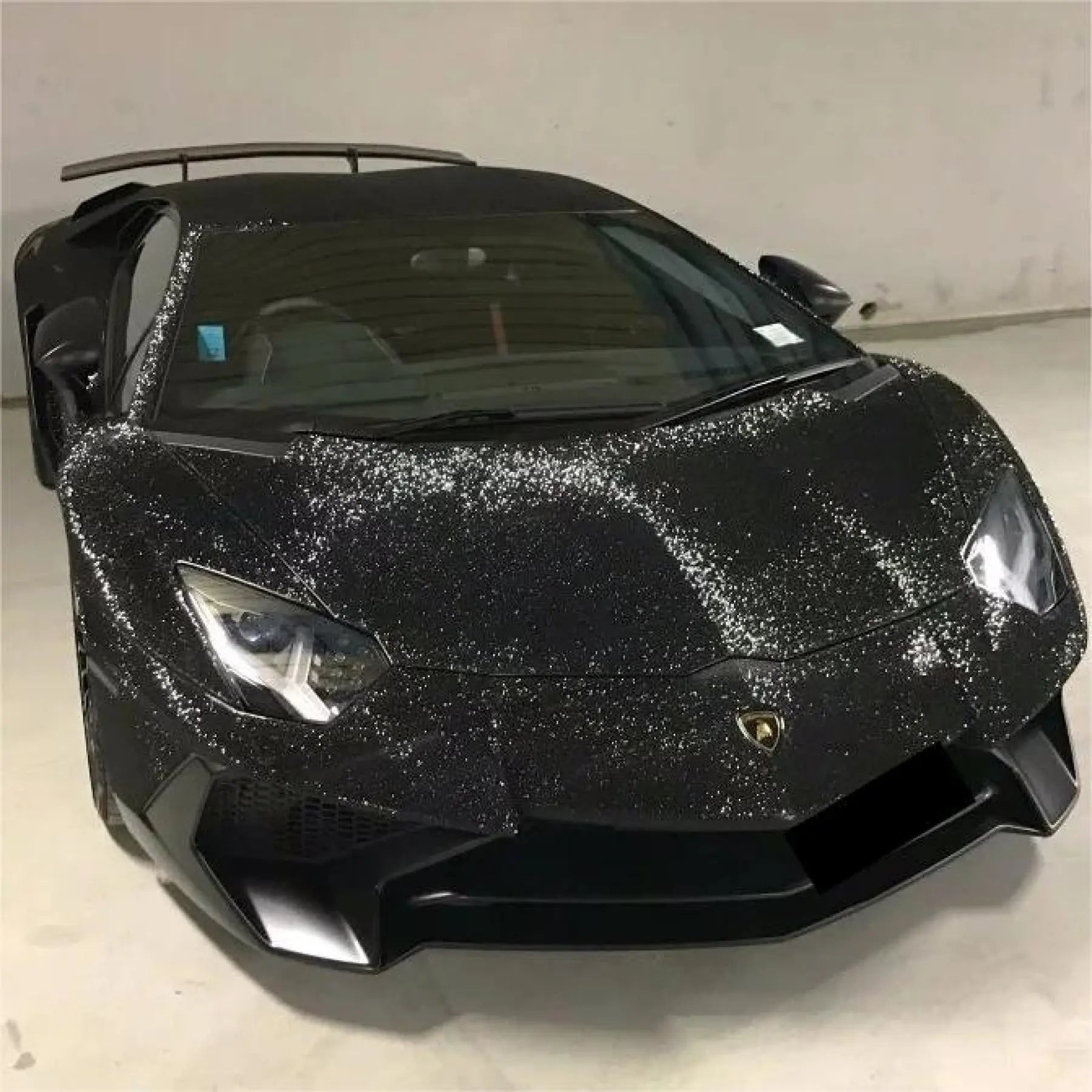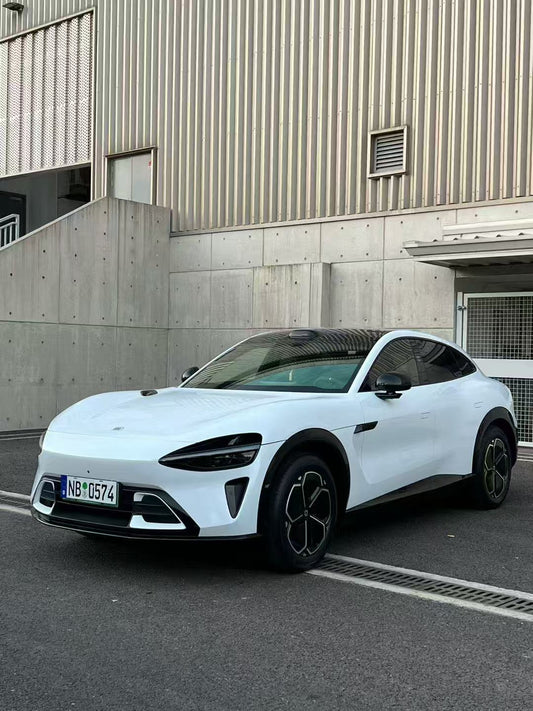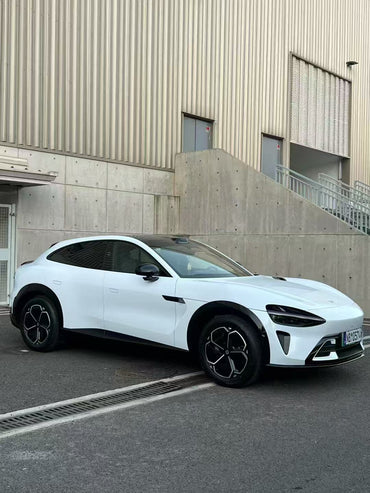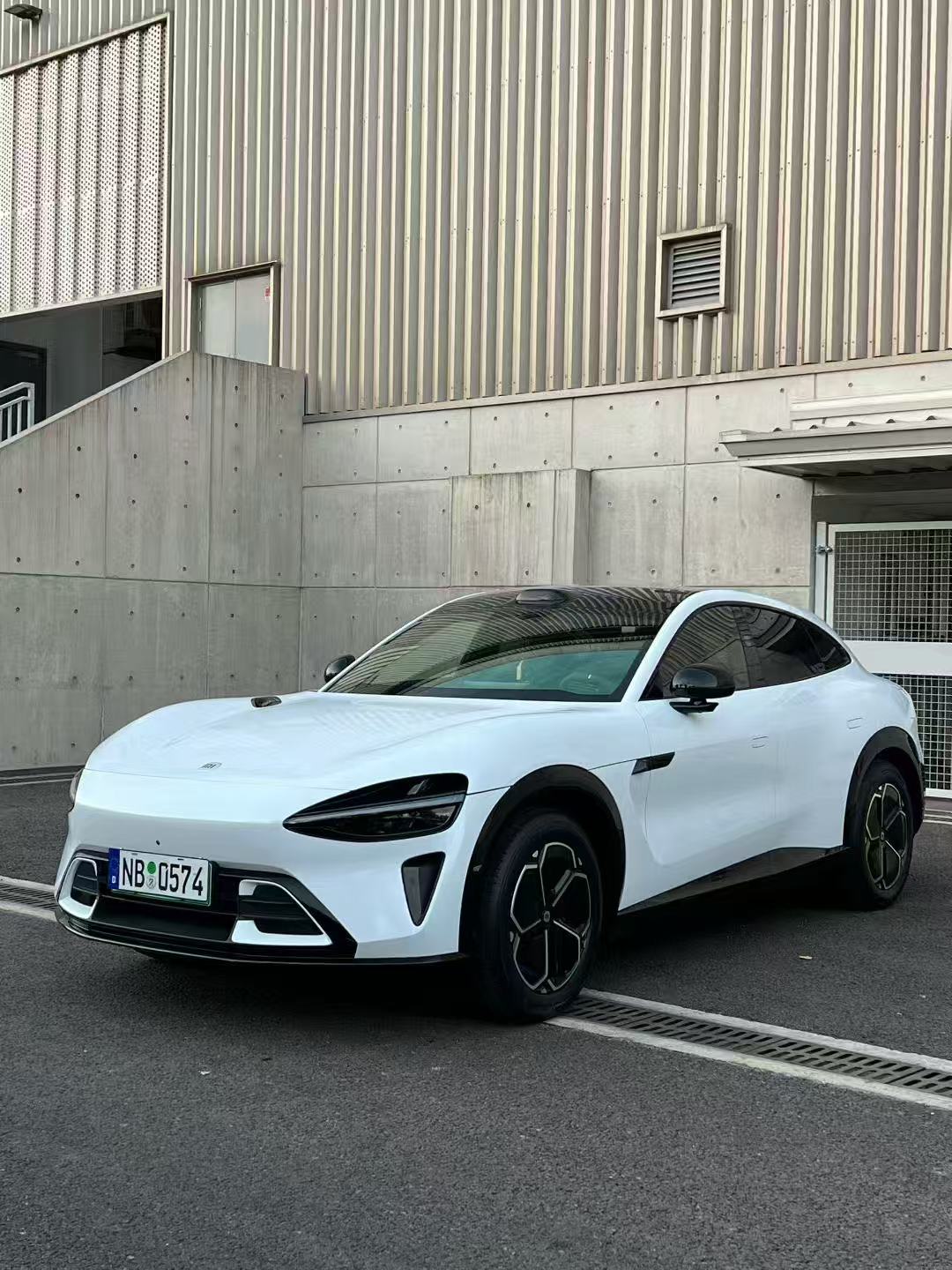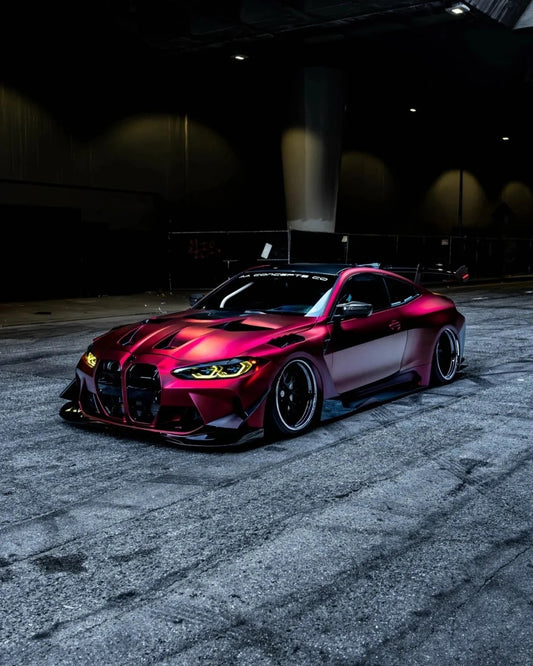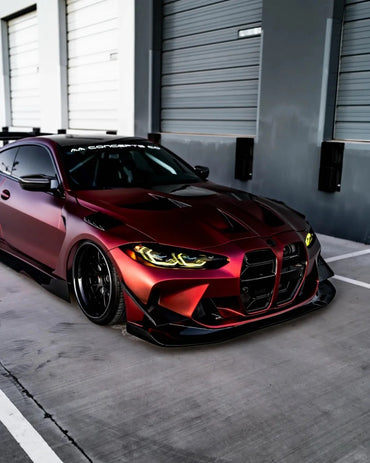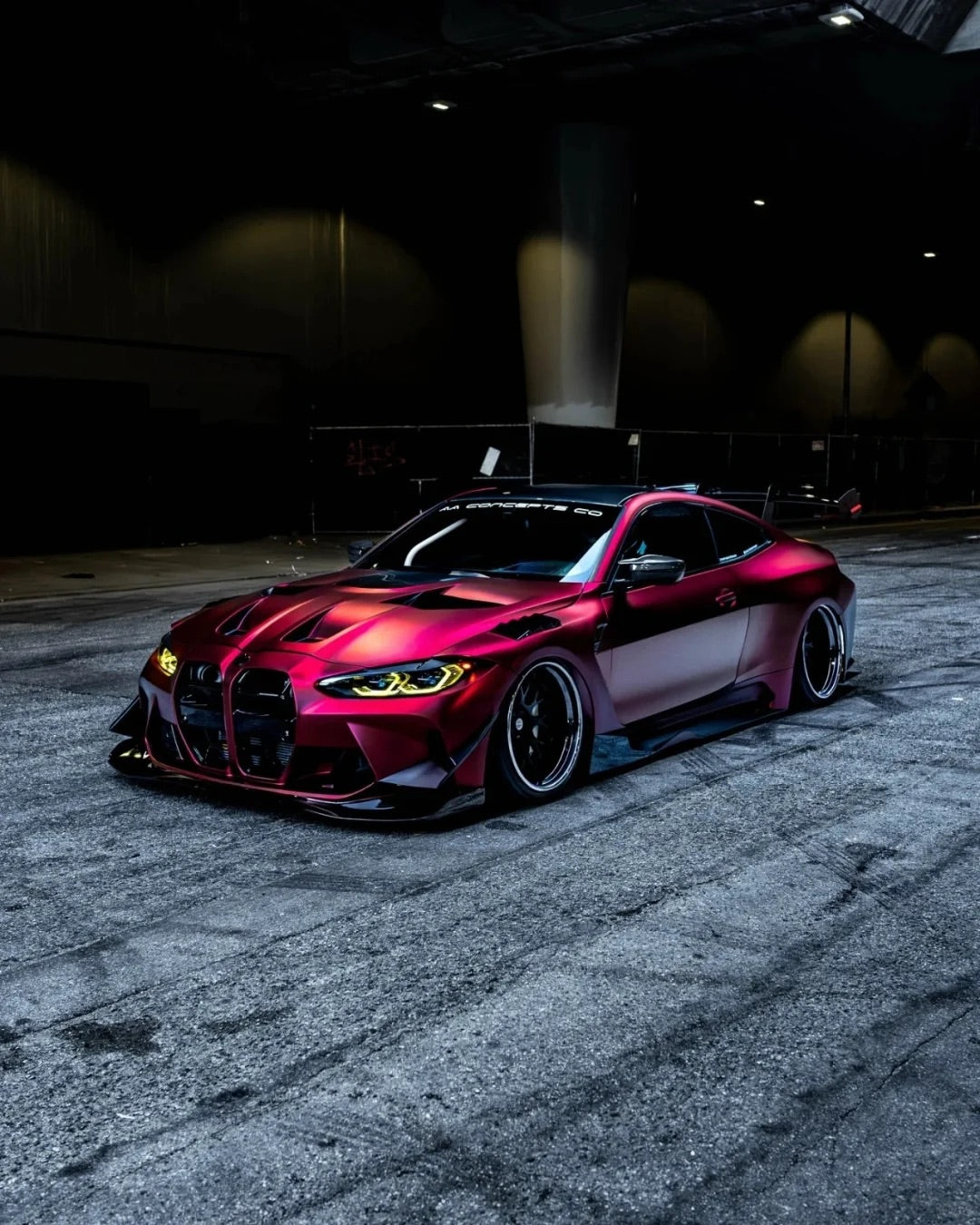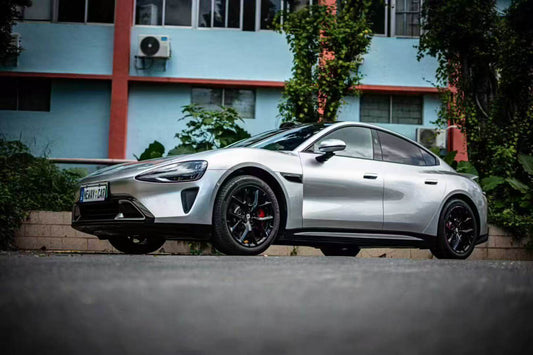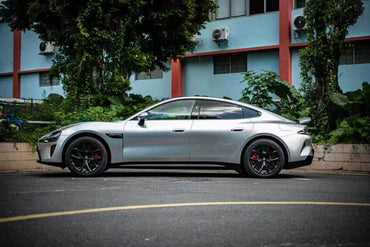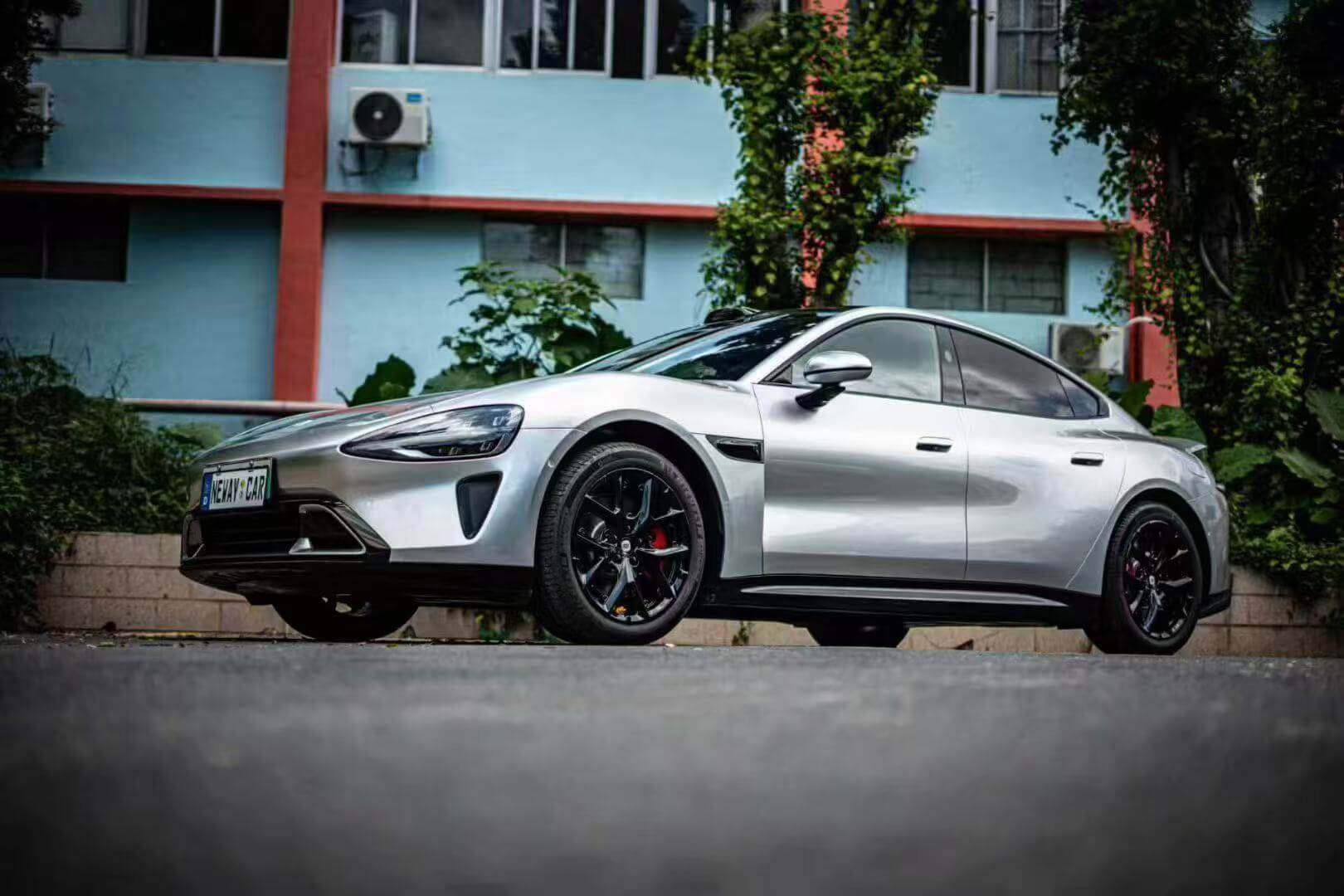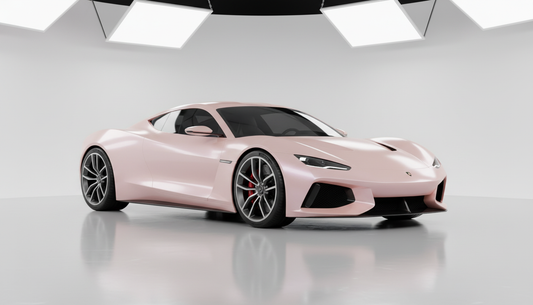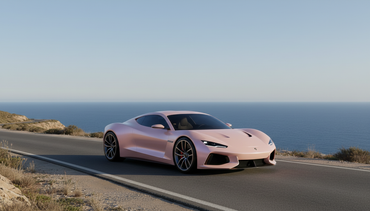The Reality About Wrapping Damaged Surfaces
Damaged paint—whether it's peeling, cracked, or rusted—can interfere with the wrap's adhesion and overall appearance, making it crucial to understand when wrapping is viable and when it's not. Professional installers consistently emphasize that surface preparation is the foundation of any successful wrap installation.
Why Surface Condition Matters
Vinyl wrap adhesion depends entirely on the underlying surface quality. Rust creates an uneven, porous surface. This makes it incredibly difficult for the vinyl film adhesive to form a strong, lasting bond. When you invest in premium materials like 3D carbon fiber wrap or liquid chrome wrap, you want results that showcase the material's true potential.
The adhesive properties of modern wrap materials are engineered to bond with smooth, clean surfaces. Any compromise in the substrate can lead to:
- Premature peeling and lifting
- Bubble formation
- Uneven texture appearance
- Shortened wrap lifespan
- Potential paint damage during removal
Surface Preparation Requirements
Essential Cleaning and Degreasing
Start with a deep clean to remove any dirt, grime, and road debris. Use a high-quality automotive soap and microfiber cloth to avoid scratching the surface. The preparation process should include:
Step 1: Thorough Washing
- Remove all surface contaminants
- Use automotive-grade soap
- Dry completely with microfiber cloths
Step 2: Degreasing
- Apply isopropyl alcohol solution (70% concentration)
- Remove any wax, polish, or protective coatings
- Ensure complete evaporation before proceeding
Step 3: Surface Inspection
- Identify all imperfections
- Assess damage severity
- Determine repair requirements
Temperature and Environmental Considerations
Optimal installation conditions require:
- Temperature between 68-78°F (20-26°C)
- Low humidity environment
- Dust-free workspace
- Adequate lighting for quality assessment
When Wrapping Isn't Advisable
Rust and Corrosion Issues
Vehicles with rusted or oxidized metal are unsuitable for vinyl wraps because the rust can interfere with the adhesive properties of the wrap. This applies to all our premium collections, whether you're considering rainbow laser vinyl wrap for a show car or ultra matte wrap for a sleek finish.
Avoid wrapping when you encounter:
- Active rust spots: Any visible oxidation requires treatment
- Peeling clear coat: The protective layer must be intact
- Deep scratches: Gouges that penetrate to bare metal
- Flaking paint: Unstable surfaces that continue deteriorating
Paint Condition Red Flags
Deep scratches, chips, or cracks in your vehicle's paint are problematic when vinyl wrapping. These imperfections will become more noticeable once the wrap is applied. Our colored paint protection film and TPU paint protection wrap are designed to enhance, not hide, underlying damage.
Even premium materials like metallic vinyl wrap or crystal vinyl wrap cannot overcome fundamental surface issues. The wrap will telegraph underlying problems, often making them more visible than before installation.
Repair Recommendations Before Wrapping
Minor Damage Solutions
For vehicles with minor imperfections, consider these approaches:
Light Surface Scratches:
- Fine polishing compound application
- Touch-up paint for small chips
- Clear coat restoration where needed
Small Rust Spots:
- Use a small paintbrush, brush your rust-resistant primer onto the affected area, overlapping the unaffected paint by around 6mm all around
- Sand smooth once fully cured
- Apply matching base coat if necessary
Major Damage Repairs
Extensive damage requires professional intervention:
Panel Replacement or Repair:
- Bodywork for structural damage
- Professional rust remediation
- Complete paint system restoration
Primer and Paint Application: Wait at least 30 days before wrapping after fresh paint application. This curing period ensures proper adhesion and prevents outgassing issues that could affect wrap longevity.
Material Selection for Challenging Surfaces
Recommended Wrap Types
When dealing with less-than-perfect surfaces, certain materials perform better:
Matte and Satin Finishes: Our ultra matte wrap collection excels at concealing minor surface imperfections. Matte or satin finishes are particularly good at hiding surface flaws because they diffuse light, minimizing reflections that reveal surface inconsistencies.
Textured Materials:
- 3D carbon fiber wrap: Excellent for minor imperfection masking
- Carbon fiber textures naturally camouflage surface variations
- Provides additional thickness for smoothing capabilities
Avoid These Materials on Imperfect Surfaces:
- Liquid chrome wrap: Highly reflective, shows every flaw
- Crystal vinyl wrap: Mirror-like finish amplifies imperfections
- Rainbow laser vinyl wrap: Holographic effects highlight irregularities
Professional Installation Considerations
Why Professional Installation Matters
Professional installers use heat and specific tools to soften the adhesive and peel off the vinyl without harming the underlying surface. This expertise becomes crucial when working with challenging surfaces or premium materials from our collections.
Professional installers can:
- Properly assess surface suitability
- Recommend appropriate materials
- Execute flawless application techniques
- Provide warranty protection
- Handle future removal safely
DIY Limitations
While our sample kits help you visualize results, challenging surfaces require professional expertise. The investment in professional installation protects both your vehicle and your premium wrap materials.
Long-term Maintenance and Care
Protecting Your Investment
Once properly installed, maintaining your wrap ensures longevity:
Regular Cleaning:
- Hand washing with mild soap
- Avoid automatic car washes with brushes
- Use soft microfiber materials only
Environmental Protection:
- Garage storage when possible
- UV protection through quality materials
- Salt removal in winter climates
Inspection Schedule:
- Monthly edge inspection
- Annual professional assessment
- Prompt repair of any lifting or damage
Alternative Solutions for Severely Damaged Vehicles
Paint Protection Film Options
For vehicles with minor damage but good structural integrity, consider our colored paint protection film or TPU paint protection wrap. These materials offer:
- Superior impact resistance
- Self-healing properties
- Clear protection maintaining original appearance
- Better conformability over slight imperfections
Targeted Wrap Applications
Rather than full-vehicle wrapping, consider strategic applications:
- Accent wrapping with undamaged panels only
- Partial wraps avoiding problem areas
- Commercial graphics placement on optimal surfaces
Color-Specific Considerations
Dark Colors and Damage Concealment
Our extensive color collections offer strategic advantages:
Best for Minor Imperfections:
- Black wraps: Natural shadow creation
- Brown wraps: Earth tones minimize visibility
- Grey wraps: Neutral tones with good coverage
Challenging for Damaged Surfaces:
- White wraps: Show every imperfection
- Yellow wraps: High visibility reveals flaws
- Pink wraps: Bright colors amplify problems
Conclusion: Making the Right Decision
The question "Can you wrap over rust or damaged paint?" requires honest assessment of your vehicle's condition and realistic expectations. While minor imperfections might be manageable with proper preparation and material selection, significant damage demands repair before wrapping.
Our comprehensive range of materials—from dual color dream vinyl wrap to professional-grade TPU paint protection wrap—deserves a properly prepared surface to deliver their full potential. When you invest in premium materials, ensure your surface preparation matches that quality standard.
Remember: A successful wrap installation starts long before the vinyl touches your vehicle. Proper assessment, preparation, and professional installation ensure your investment in quality materials delivers the stunning, long-lasting results you expect.
For challenging installations or surface assessment, consult with certified professionals who can evaluate your specific situation and recommend the best approach from our extensive collection of premium wrap materials.
